Gnats may seem to be the unwelcome guests at the botanical banquet, but they can wreak havoc in the tranquil world of succulent plants. These diminutive intruders, often emerging from the darkness of damp soil, threaten to disrupt the delicate ecosystem you’ve lovingly fostered. So how does one evict these pests while preserving the integrity of such resilient flora? The art of pest management demands a meticulous approach, marrying prevention with eradication.
In this exploration, we shall delve into the nature of these pests, unveiling their life cycle, and implement strategies that can liberate your cherished succulents from their clutches. After all, succulents, with their rosette-shaped allure and hardy demeanor, deserve to bask in the serene environment free from gnats.
Understanding Gnats: The Intrusion Revealed
Before addressing how to eliminate gnats, it is crucial to understand the essence of these pests. Gnats are typically small, flying insects—most often fungus gnats—that thrive in moist environments. Their lifecycle is finely tuned; adult gnats lay eggs in moist soil, which hatch into larvae, feeding on organic matter and plant roots. Fascinating in a way, yet menacing to your succulents, larvae can inhibit root growth, leading to stunted plants and even death if populations spiral out of control.
The ideal breeding ground for these pests is not only overwatered soil but also areas with decaying organic material. This creates a perfect haven for gnat reproduction. Hence, understanding their nature equips you with the knowledge to foil their plans. Prevention becomes imperative; the most effective nemesis of gnats is dryness. Allowing the topsoil to dry completely before watering further limits their habitat and interrupts their breeding cycle.
Prevention Strategies: Cultivating a Defensive Garden
The first line of defense is to reconsider your watering habits. Succulents are adapted to arid ecosystems and live by the motto “less is more” when it comes to moisture. Watering too frequently not only invites gnats but can also suffocate the plant roots. Allowing the upper layer of soil to dry out creates an inhospitable environment for gnats while promoting healthier root development. Employing a moisture meter can serve as a guiding light, ensuring that your succulents receive just the right amount of hydration.
Moreover, the choice of soil plays a pivotal role. Opt for well-draining soil mixtures that ensure any excess water does not stagnate. Adding perlite or coarse sand can enhance aeration and drainage, discouraging the gnats’ preferred nesting sites. Furthermore, consider your pot selection. Terra cotta pots, with their porous nature, help absorb excess moisture, while plastic pots may retain too much water, creating an inviting oasis for gnats.
Ultimately, gnats are attracted to organic matter. Therefore, practice regular maintenance. Clean up any fallen leaves, debris, or decomposing materials around your plants. Selecting a location for your succulents that is devoid of clutter can further deter gnats. The best gardens are not only thriving in life; they are astutely organized.
Eradication Techniques: The Battle Against the Invaders
Despite your best efforts, gnats may persist. Various eradication techniques can be employed, tailored to the severity of the invasion. For a mild presence, yellow sticky traps act as an effective means of capturing adult gnats. Their bright hue lures these flying nuisances, proving that sometimes, simplicity is key in warfare.
When faced with larvae lurking within the soil, more assertive methods can be deployed. Introduce beneficial nematodes, microscopic roundworms that invade and destroy gnat larvae in the soil. This ecological method not only targets the enemy but also enriches the biodiversity in your potting mix.
Alternatively, consider concocting a natural solution using apple cider vinegar. Fill a bowl with apple cider vinegar and cover it with plastic wrap. Poke small holes in the wrap, allowing the gnats to enter but preventing their escape. Position this trap near the infested plant for optimal results. This DIY method utilizes their attraction to fermenting scents against them, turning the tables with resourceful ingenuity.
As a more direct approach, a soil drench of hydrogen peroxide diluted in water (1:4 ratio) targets both larvae and eggs. The bubbling action of the hydrogen peroxide penetrates the soil, disrupting the gnat lifecycle while remaining harmless to your succulents.
Post-Battle Care: Nurturing Your Resilient Landscape
Once the gnats have been subdued, an essential phase emerges—post-battle care. Monitor your plants closely. The absence of gnats heralds a time for rejuvenation. Reassess watering routines, ensuring they align with the dried soil strategy. Consider repotting your succulents into fresh, sterile soil to eliminate any lingering pests.
Lastly, remain vigilant. Regular smartphone check-ins can be beneficial. Treat your succulents as if they were treasured artworks, deserving of close observation and care. Knowledge is power; familiarize yourself with other potential pests that could disrupt your botanical harmony and be prepared to act swiftly.
The journey of eradicating gnats from your succulent sanctuary is multifaceted yet rewarding. Embrace the challenge, nurture not only your plants but the wisdom you cultivate along the way. By deploying prevention strategies, utilizing eradication techniques, and nurturing your succulents post-battle, your plants will thrive, standing ever more resilient against unwelcome intruders. In this way, your succulent garden transforms into a bastion of tranquility, free from the discord of persistent pests.
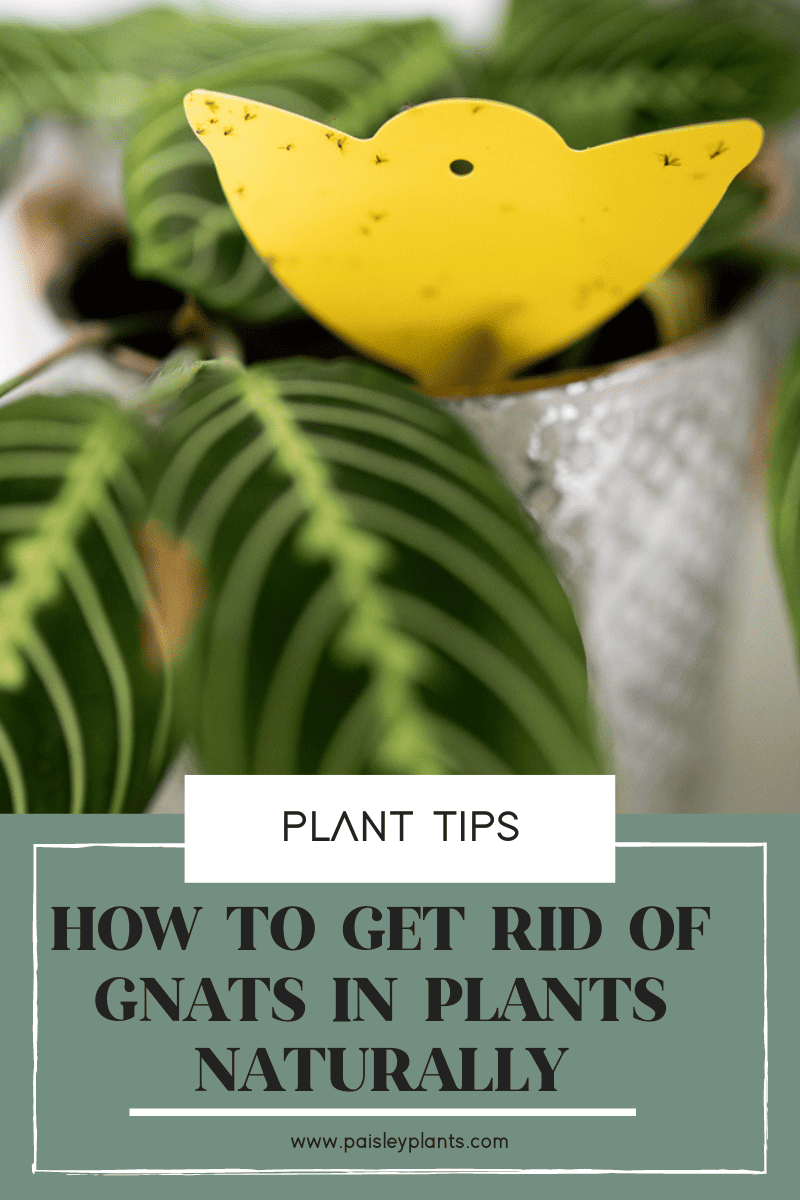
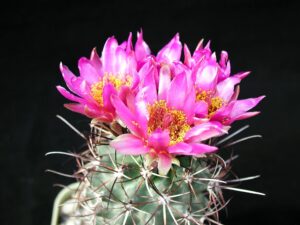
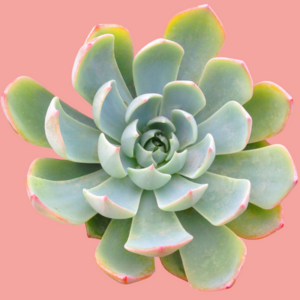
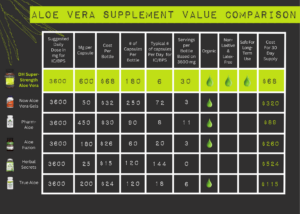
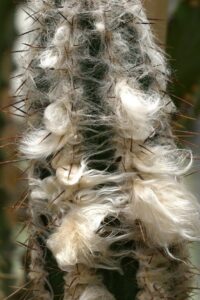
Leave a Comment